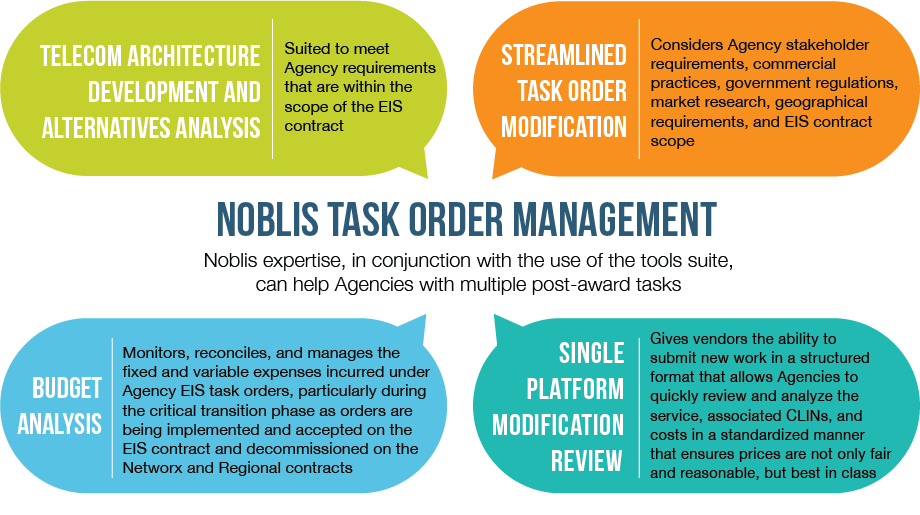

Cloud-native and SaaS aren’t just about software delivery. No surprise then, that they don’t offer the same benefits (infinite scalability, flexibility, distributed speed, openness, etc.).įurther, hiding that architecture in the cloud behind a door labeled “SaaS” will not position you to participate in the ecosystem economy. While modern legacy solutions may operate there, they were not designed with cloud-native architectures (containers, microservices, DevOps, etc.). To compensate for these limitations, many insurance core systems vendors dress up their aged software by delivering it via the cloud. The implications are nontrivial when it comes to customer experience, digital engagement, and integrations with insurtechs, third-party data, and other insurance applications. The architectures of many modern legacy systems are referred to by industry analysts as “monolithic.” That means they are self-contained, independent from other computing applications, and that the user interface and data access code are combined into a single program from a single platform. Modern legacy policy administration systems frequently require complementary technologies, typically through another vendor, to round up and supplement customer data and deliver digital self-service opportunities. That fundamental architectural decision is a serious impediment to achieving a complete view of the customer across products and understanding and satisfying the customer’s additional insurance wants and needs. Notice they’re not built around customers. The beating heart of modern legacy systems is called the policy administration system because they were built around policies. What is a Modern Legacy Core Insurance System? Whether you’re pondering a $1,500 laptop or the digital transformation of your insurance core systems, it’s precisely the right way to frame the discussion.

The tech writers all are running through a series of arguments that essentially ask the same question: Are you focused on the future, or are you committed to running aged applications from niche vendors, and can you tolerate the limitations they impose? The more interesting debate, though, is among the cognoscenti over whether people should buy this last generation of Macs. The big news in consumer tech is that Apple is moving away from Intel chips in 2021. But their replacements are already emerging, and serious buyers are right to question their short-term viability.

Like my MacBook Air, many insurance core systems look modern and deliver on today’s requirements.


 0 kommentar(er)
0 kommentar(er)
